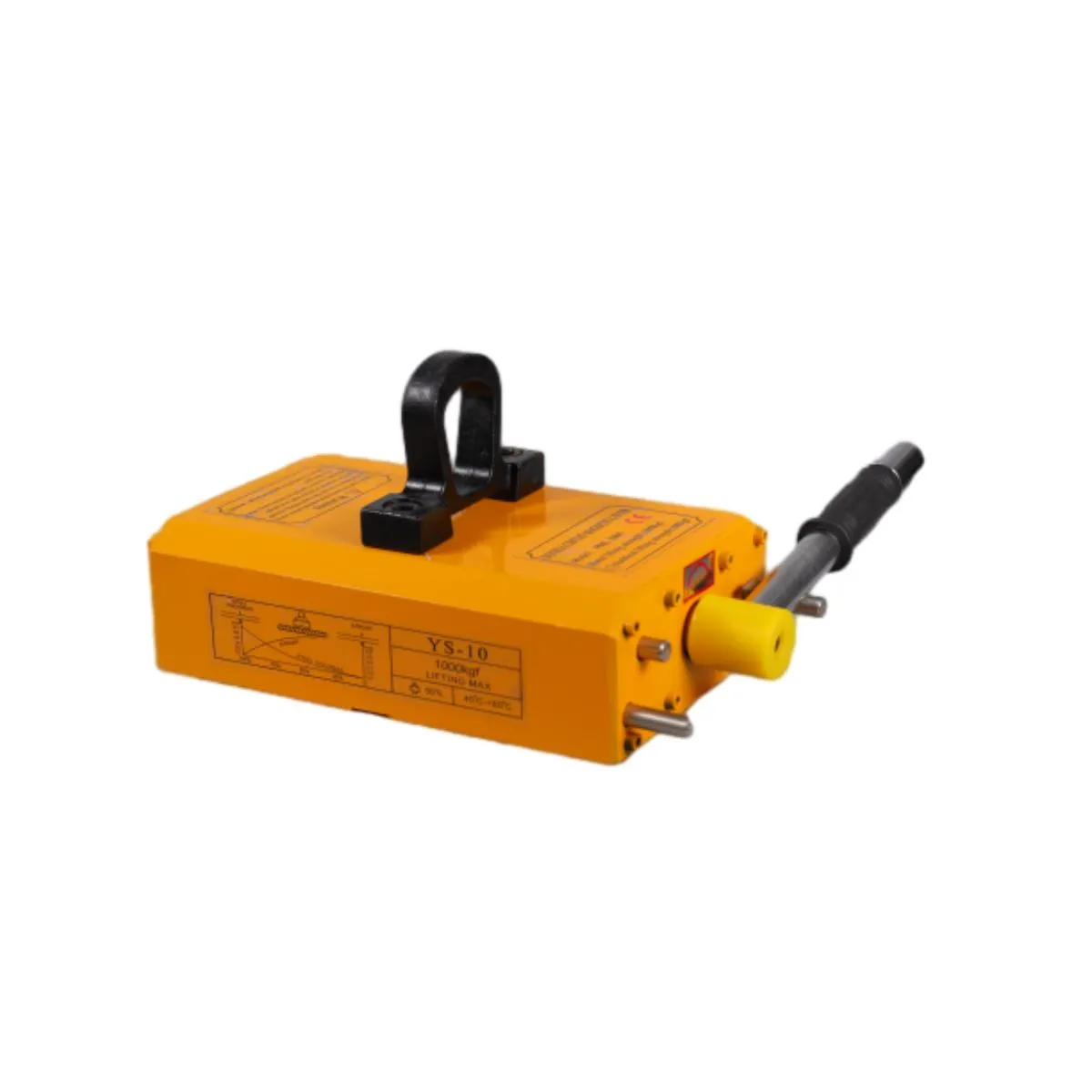portal crane
Understanding Portal Cranes A Key Component in Modern Construction
Portal cranes are essential heavy lifting equipment extensively used in various industrial and construction settings. Their design and functionality make them invaluable for loading, unloading, and moving heavy materials within a defined work area. This article explores the characteristics, advantages, applications, and maintenance of portal cranes, providing a comprehensive understanding of their significance in modern industry.
What is a Portal Crane?
A portal crane, sometimes referred to as a gantry crane, consists of a bridge spanning the width of the workspace, supported by two or more legs. This design enables the crane to operate over a large area, making it particularly useful in environments where space is limited. Portal cranes can be equipped with various lifting mechanisms, including hoists and other rigging systems, allowing them to lift heavy loads—often several tons—efficiently and safely.
Characteristics of Portal Cranes
Portal cranes come in various sizes and configurations, catering to different operational needs. The key characteristics include
1. Structure The crane's framework is typically made from robust materials, such as steel, to ensure maximum strength and stability. 2. Mobility Many portal cranes are mobile, meaning they can move along tracks or be repositioned based on the job requirements, enhancing flexibility in operations. 3. Load Capacity These cranes can lift significant weights, making them suitable for construction, manufacturing, shipping yards, and warehouses. 4. Height Adjustment Some models come with adjustable heights, allowing them to handle loads of varying sizes.
Advantages of Using Portal Cranes
The utilization of portal cranes offers several advantages
portal crane

1. Space Efficiency Their ability to span large areas while occupying minimal ground space makes portal cranes an ideal choice for confined job sites. 2. Cost-Effectiveness Once installed, portal cranes can be a cost-effective solution for repetitive heavy lifting tasks, reducing the need for multiple pieces of equipment. 3. Safety With advanced safety features such as limit switches, emergency stops, and overload protection mechanisms, portal cranes minimize the risk of accidents during operation. 4. Versatility These cranes can be adapted for various tasks, including loading and unloading containers, moving large machinery, and handling heavy construction materials.
Applications of Portal Cranes
Portal cranes find applications in diverse industries
1. Construction Used on construction sites for moving building materials, concrete panels, and prefabricated elements, they are instrumental in ensuring efficient workflow. 2. Manufacturing In manufacturing plants, portal cranes support assembly lines by transporting heavy components, which increases productivity and reduces labor costs. 3. Shipyards They are prevalent in shipbuilding and repair, where they facilitate the lifting and moving of large ship parts, ensuring timely project completion. 4. Storage Facilities In warehouses and shipping yards, portal cranes are vital for organizing and managing large inventories, thus streamlining logistics operations.
Maintenance of Portal Cranes
Like any piece of heavy machinery, portal cranes require regular maintenance to ensure optimal performance and safety. Key maintenance practices include
1. Routine Inspections Regular inspections of the crane's structural integrity, lifting mechanisms, and safety features help in identifying potential issues before they escalate. 2. Lubrication Keeping moving parts well-lubricated reduces wear and tear, prolonging the crane’s operational life. 3. Load Testing Periodic load testing is essential to verify that the crane can safely handle its rated load capacity. 4. Training Personnel Ensuring that operators are properly trained in crane operations and safety procedures is critical for preventing accidents and ensuring smooth operations.
Conclusion
Portal cranes play a crucial role in various industries, offering efficiency, flexibility, and safety in lifting and transporting heavy loads. Their unique design and capabilities make them indispensable in today’s construction and manufacturing environments. Investing in quality portal cranes and adhering to proper maintenance practices will ensure their longevity and reliability, contributing significantly to the success of modern industrial operations. As industries continue to grow and evolve, the importance of such equipment in streamlining workflows and enhancing productivity cannot be overstated.
-
Unlock Seamless Relocation with Our Heavy Equipment Moving ExpertiseNewsJun.06,2025
-
Unleash Unrivaled Flexibility with Our Adjustable Gantry CraneNewsJun.06,2025
-
Unleash Heavy-Duty Efficiency with Our Industrial Gantry Crane SolutionsNewsJun.06,2025
-
Revolutionize Steel Handling with Our Magnetic Lifter RangeNewsJun.06,2025
-
Master Equipment Mobility with Premium Machinery Mover SolutionsNewsJun.06,2025
-
Elevate Your Material Handling with Magnetic Lifter TechnologyNewsJun.06,2025
-
YS Permanent Lifting Magnets: The Smarter Way to Handle SteelNewsMay.22,2025
